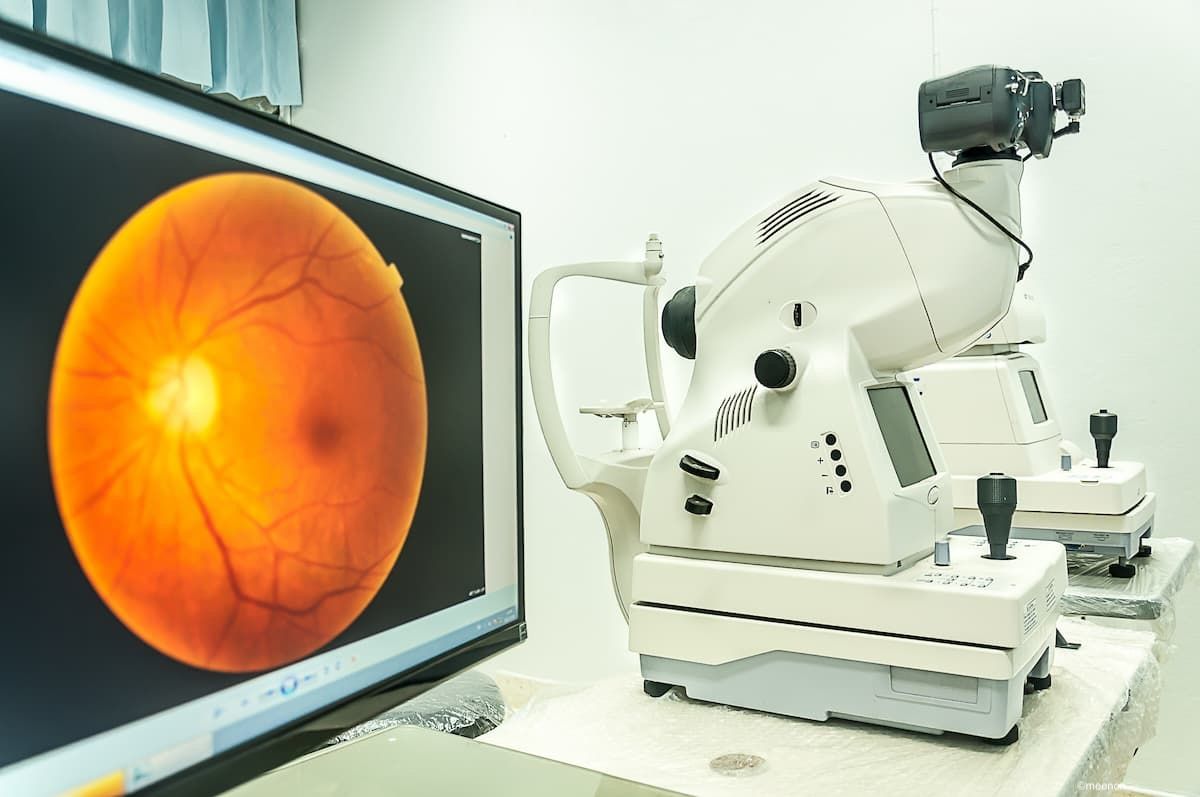Article
Study clarifies anterior chamber fluidic events during phaco
A high-powered examination of the effect of an ultrasound probe in the eye during phacoemulsification found among other things that irrigation streams during phaco add a weak repulsive force and that streaming during high-powered longitudinal phaco may also contribute to the phaco effect.
Chicago-A high-powered examination of the effect of an ultrasound probe in the eye during phacoemulsification found among other things that irrigation streams during phaco add a weak repulsive force and that streaming during high-powered longitudinal phaco may also contribute to the repulsive effect. Streaming during high-powered torsional phaco may provide a weak attractive force.

Dr. Zacharias and Claus-Dieter Ohl, MD, PhD, undertook this project to improve the understanding of the fluidic events that take place in the anterior chamber during phacoemulsification using torsional and longitudinal modalities. Dr. Zacharias is assistant professor of ophthalmology, Pasteur Ophthalmic Clinic, Santiago, Chile, and Dr. Ohl is assistant professor, Nanyang Technological University, Singapore. The study was jointly carried out in Singapore and at the Phacodynamics Lab of Pasteur Ophthalmic Clinic in Chile.
The investigators used two Photon high-speed video cameras and particle image velocimetry (PIV) for the first stage to detect the fluid displacement, cavitation, and tissue-tip interaction occurring near the phaco tip. PIV used vector analysis of microscopic spheres incorporated into the fluid to provide a clear understanding of fluid behavior including laminar and turbulent flow patterns.
Using this technology, the investigators were able to observe what was occurring in a single cycle of motion of the phaco tip at a speed of 500,000 frames per second, Dr. Zacharias explained.
The investigators determined the flow speed by tracking the particles across video frames using calipers, knowing the frame rate and the camera pixel size for the set magnification.
Irrigation/aspiration
With a closed irrigation/aspiration system set at a rate of 20 ml per minute, irrigation produced two diverging streams at a speed of up to 0.9 m/sec that reached far from the infusion ports of the irrigation sleeve, Dr. Zacharias said. The streams were directed to each side of the tip at a 30° angle.
"Some repulsive effect could be expected with these streams on the lens fragments," he said.
Concurrent with the irrigation rate, the aspiration rate was 20 ml per minute; the maximum speed of the aspiration flow was 0.25 m/sec.
Investigators found that the use of a low ultrasound power did not interfere with the irrigation and aspiration flow patterns.
In contrast, according to Dr. Zacharias, "High ultrasound power introduced streaming forces with different footprints for longitudinal and torsional phaco. When the phaco tip was driven in longitudinal mode with ultrasound power set higher than 90%, a turbulent stream of fluid appeared in front of the tip, moving in an opposite direction of aspiration. The speed reached about 1.9 m/sec, which was twice the speed of the irrigation port streams."
He noted that this force would oppose the direction of aspiration.
When low ultrasound power was used in torsional mode, it did not disrupt the flow pattern of irrigation and aspiration. When the torsional power was increased to about 80%, however, fluid streaming was directed toward the rear of the phaco probe, Dr. Zacharias demonstrated, with a maximum flow speed also of 1.9 m/sec.





